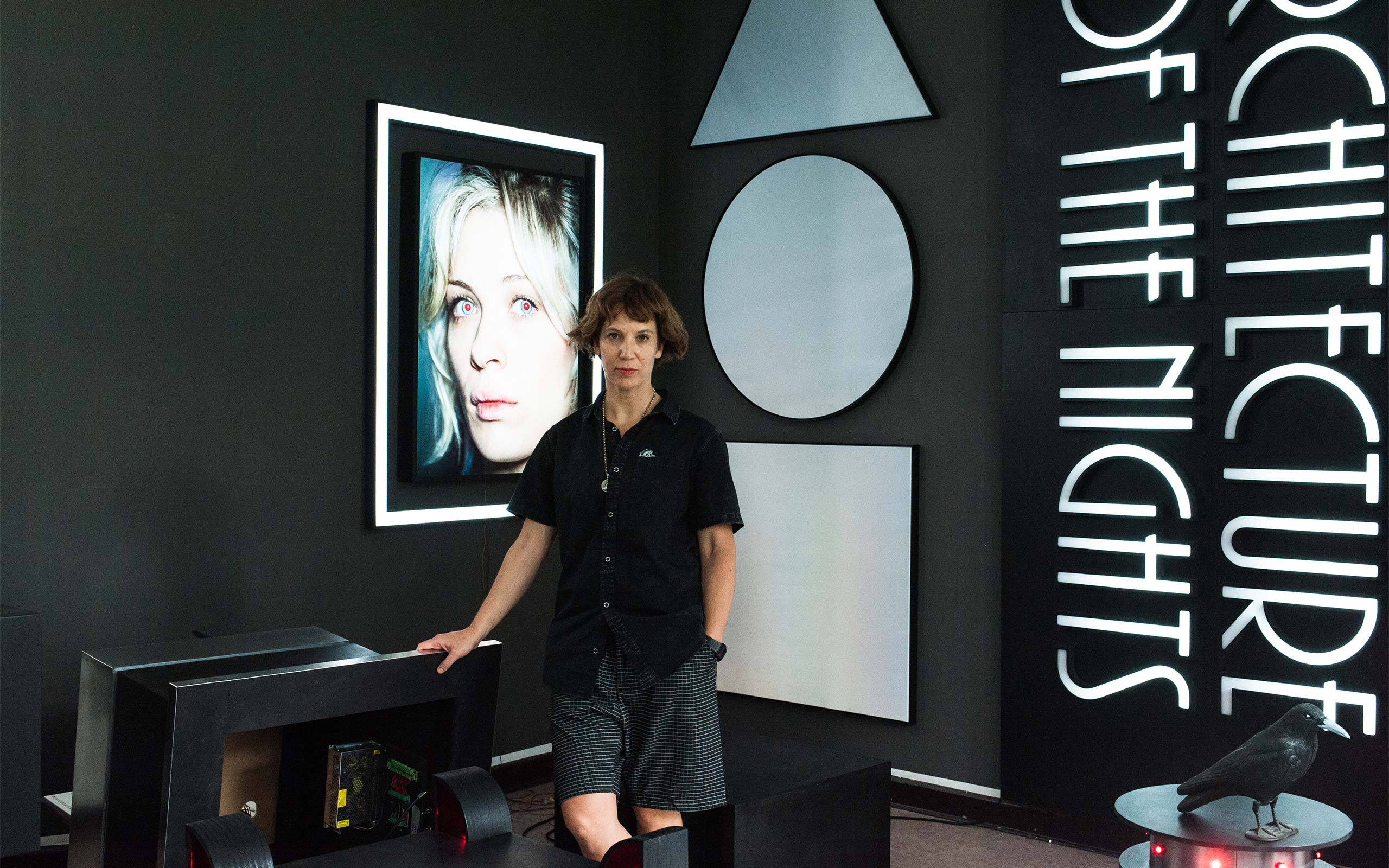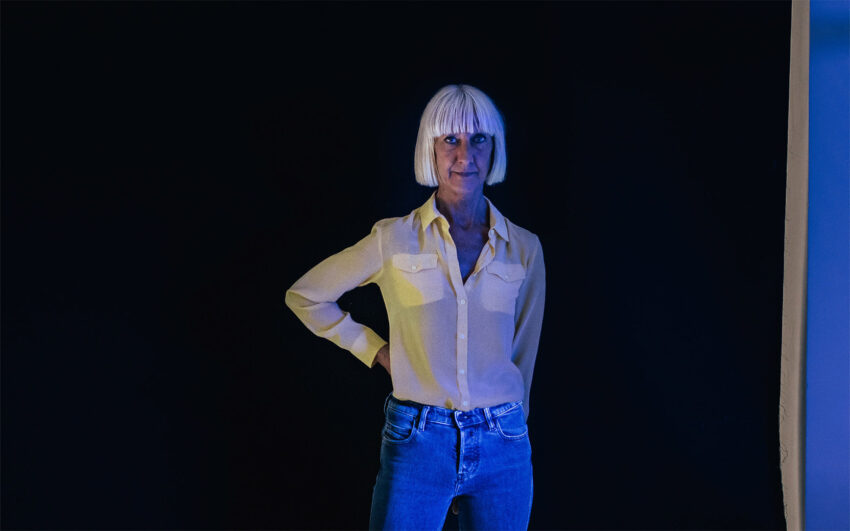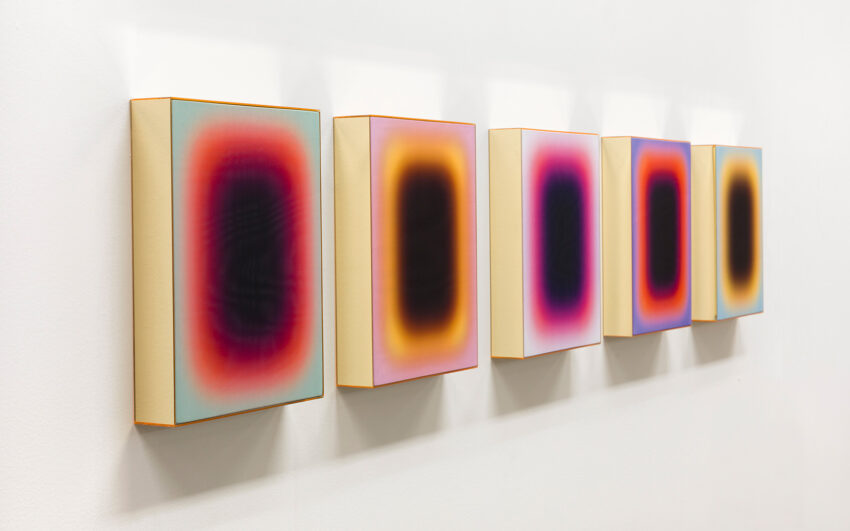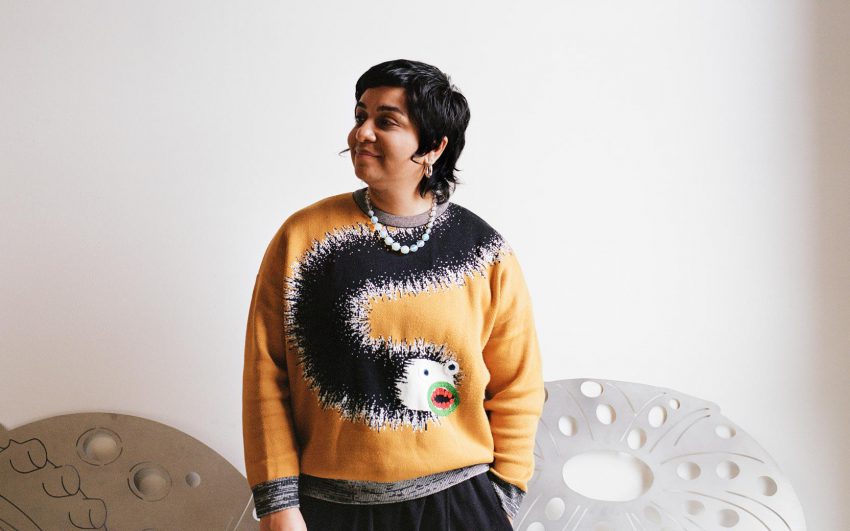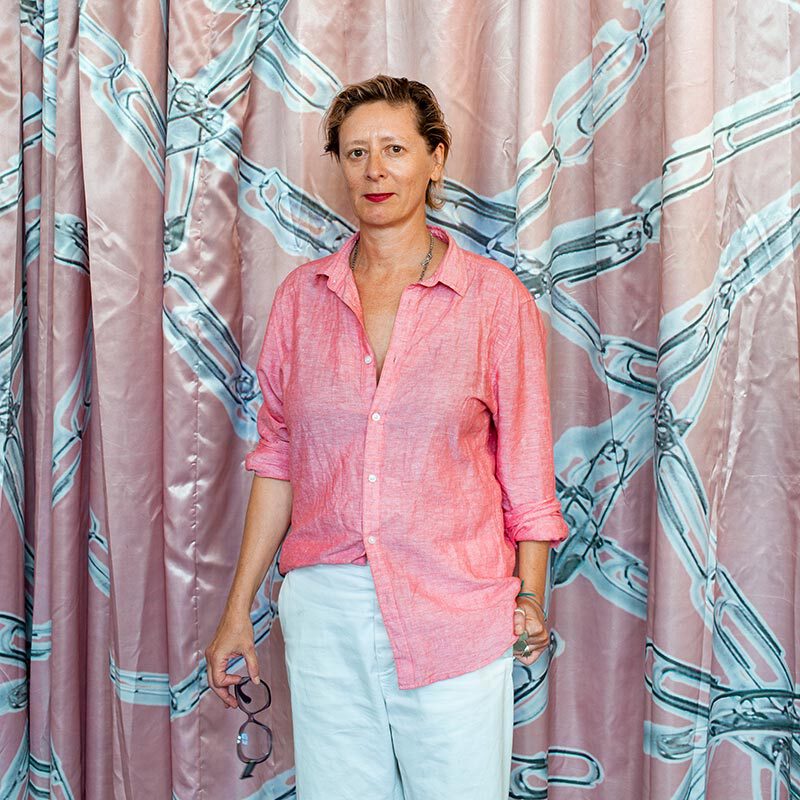Alona Rodeh is one of Israel’s best-known contemporary artists. She works in various disciplines, including video, sculpture, wall mounted works, light and sound installations, theater design, public art, and art publications. In her Berlin-based studio, we talked with her about her fascination with darkness and blackouts, her relationship to the club scene, and about her experience of working with the Berlin Fire Department for almost a year.
Alona, when did you know you wanted to be an artist? When did everything start?
It started very early. At the age of 12, I took my first after-school professional art class. At the age of 15, I already had a studio. At that time, my parents and I did not get along very well, and they decided to renovate a little building originally used for beekeeping, in the yard behind our house. With one room for sleeping and one room for working, I had a studio from that point on. That was my sanctuary... and since then, as my father loves to tell, we got along much better! I took art in high school, and straight after the Army, I went to the art academy. No questions asked...
Was it clear to you that you want to study in Israel?
No. I wanted to study abroad, but it seemed too complicated... To compensate, during my BA I did an Erasmus year in Vienna, and during my Masters, I spent one semester at the RCA in London.
In 2014 you moved to Berlin. Since then, you have also been working on your famous series Safe and Sound, in which you deal particularly intensively with the themes of “security” and “public space”. Is there a connection between the city of Berlin and this work? Could these works also have been created somewhere else?
Looking back, many things before were also related to these subjects, but the series started after moving to Berlin. The project has to do with expressions of personal and public safety in Western Europe and Berlin is the base, but not exclusively so. For example, Rachid (editor’s note: Alona’s partner and frequent collaborator Rachid Moro) is partly based in Brussels. Visiting the city every few months, it is clear to me that Brussels is a city in a state of post-trauma. Like mushrooms after the rain, anti-terror barriers (bollards of all material and shapes) were popping in various strategic locations in the city. DARK AGES 2020 (2019), a work that was recently shown at Salzburger Kunstverein and parts of it will be on show at Art Berlin, celebrates the blossoming world of bollards.
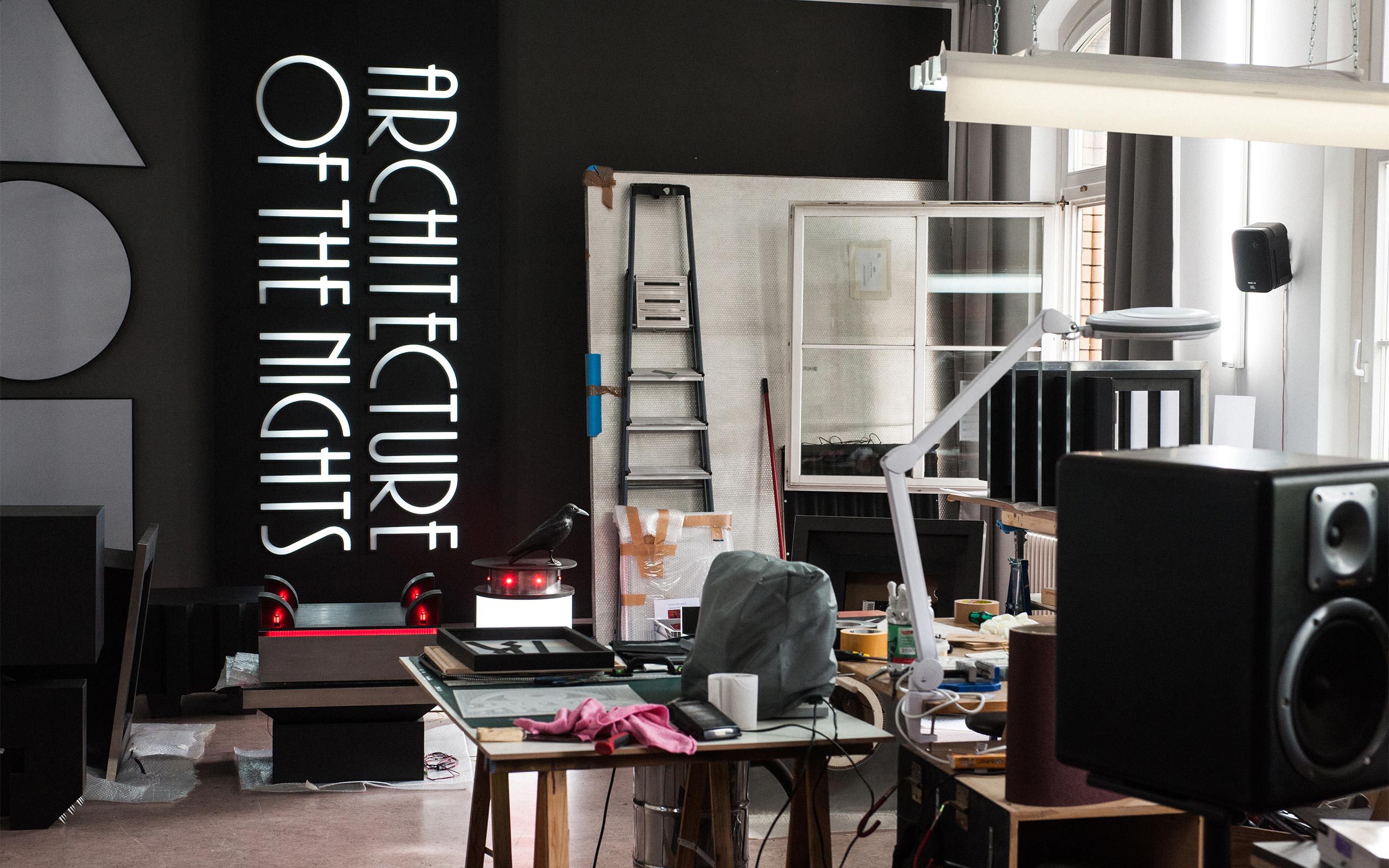
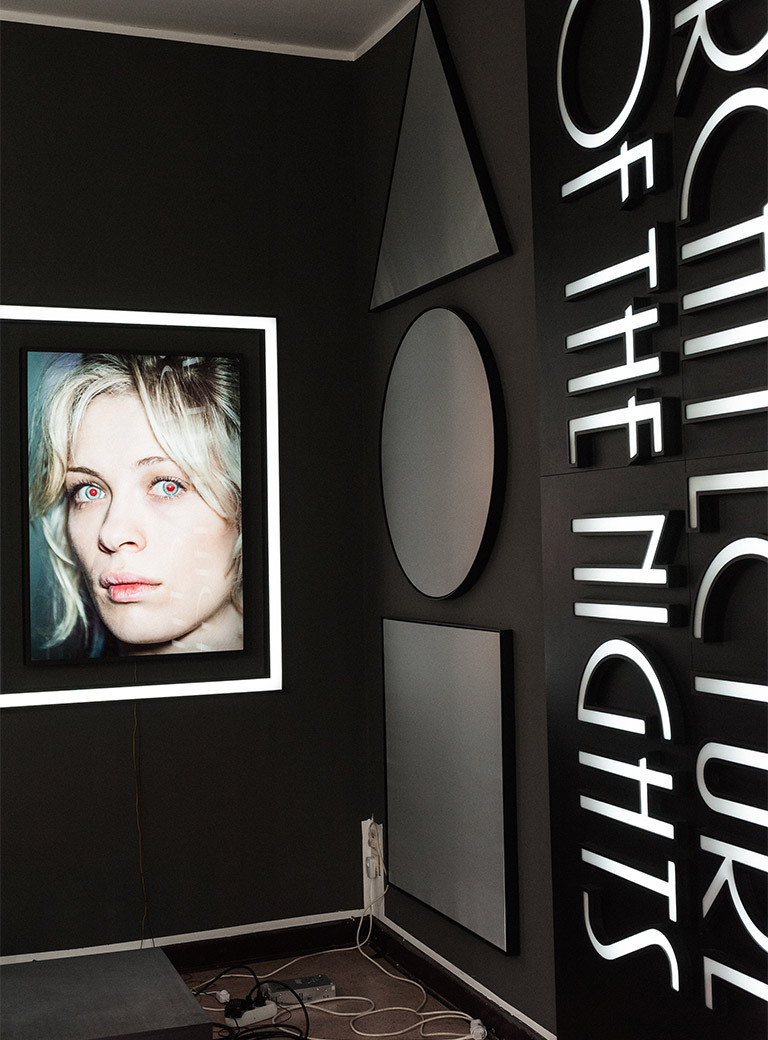
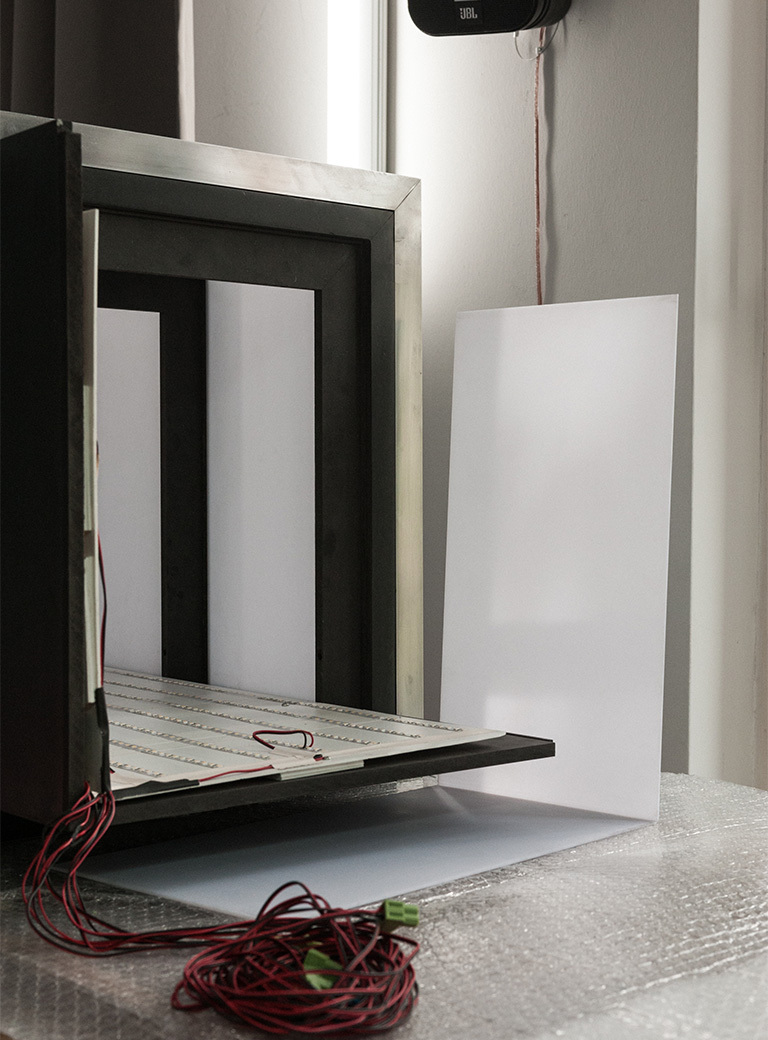
Why do you live in these two cities, Tel Aviv and Berlin, and not for example in New York?
These days, I spend most of my time in Berlin. I am in Tel Aviv a few times a year. I am still very close to Tel Aviv, for personal and professional reasons. And it is not so far, that’s one of the (many!) reasons why I choose not to live in the US. Friends of mine, who moved to the States, hardly ever visit and that’s sad.
Darkness plays a central role in your recent works and exhibitions. Why do you like working with it so much?
I would like to answer with an example. Once I was visiting a friend who was studying electronic music, and preparing for the end of the year critique. When each piece created by a student was performed, the fluorescent lighting in the classroom was dimmed, leaving only a small pink spotlight. I thought that’s funny. But it’s a very simple example of how the less you see the more of your imagination opens up, in this case – to the music. Even to think of dreams as something that happens when you don’t see. That’s where my fascination with darkness comes from. This fascination is of course mixed with fear.
Fear? What exactly do you mean?
For example, kids react to darkness in this dichotomy of being very excited but also very afraid, or anxious: these are two sides of the coin. I’m currently working on a lecture/performance that goes through the history of fabricated darkness, titled Blackouts: Afraid in the Dark. The work will be the result of a two-week artist residency at Haus der Statistik, Berlin, in the context of “Making Futures” Summer School, organized by the architectural collective raumlabor and UdK. It follows two other lecture/performances in the Safe and Sound series: the first: Fear of Silence – Sirens for Dummies, the second: The History of High-Visibility Clothing.
How will this blackout-performance work?
The lecture/performance will be held in total darkness, to avoid any visual disturbance. In it I will cross-reference ideas of intentionally darkened spaces in an urban context, also addressing specific issues of gloom in former East-Berlin.
There were many famous blackouts in the last centuries. Are you interested in the history of blackouts, too? Absolutely, it starts with the very beginning of street lighting: the smashing burning lanterns in Paris in the late 17th century, as a political act. In those days, street lighting was the responsibility of the police who used it as a tool in maintaining order on the streets. Smashing lanterns in that context was a direct action against the “system”. The relationship between light and control is complex, and I aim at pointing out its different sides. My interest in darkness runs from this era to focus on current products such as blackout curtains, blackout tents for people camping who wish to exclude all light. Today's obsession with deep sleep has to do with light pollution, from very bright street lamps to smartphones that we go to bed with. In addition to the lecture, I will lead a public tour in the former GDR area around Haus der Statistik, too. East-Berlin is still a gloomy city, with warm light, in contrast to the commercial illumination currently blooming on Alexanderplatz, and Haus der Statistik is exactlyon that fascinating junction
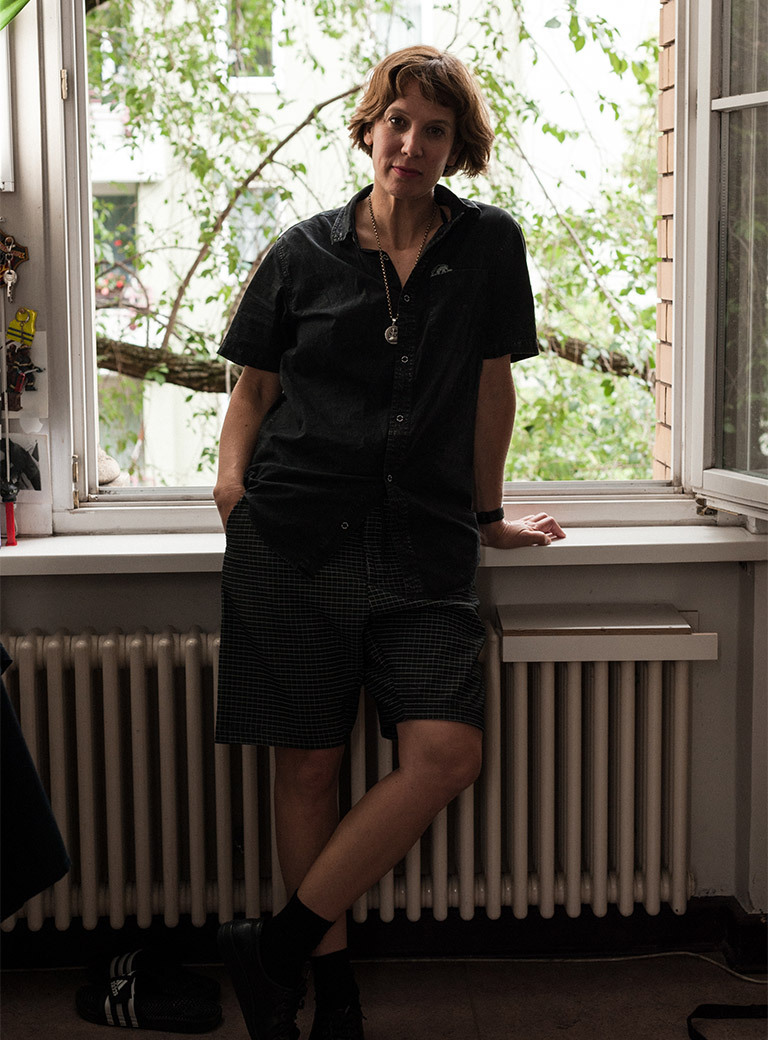
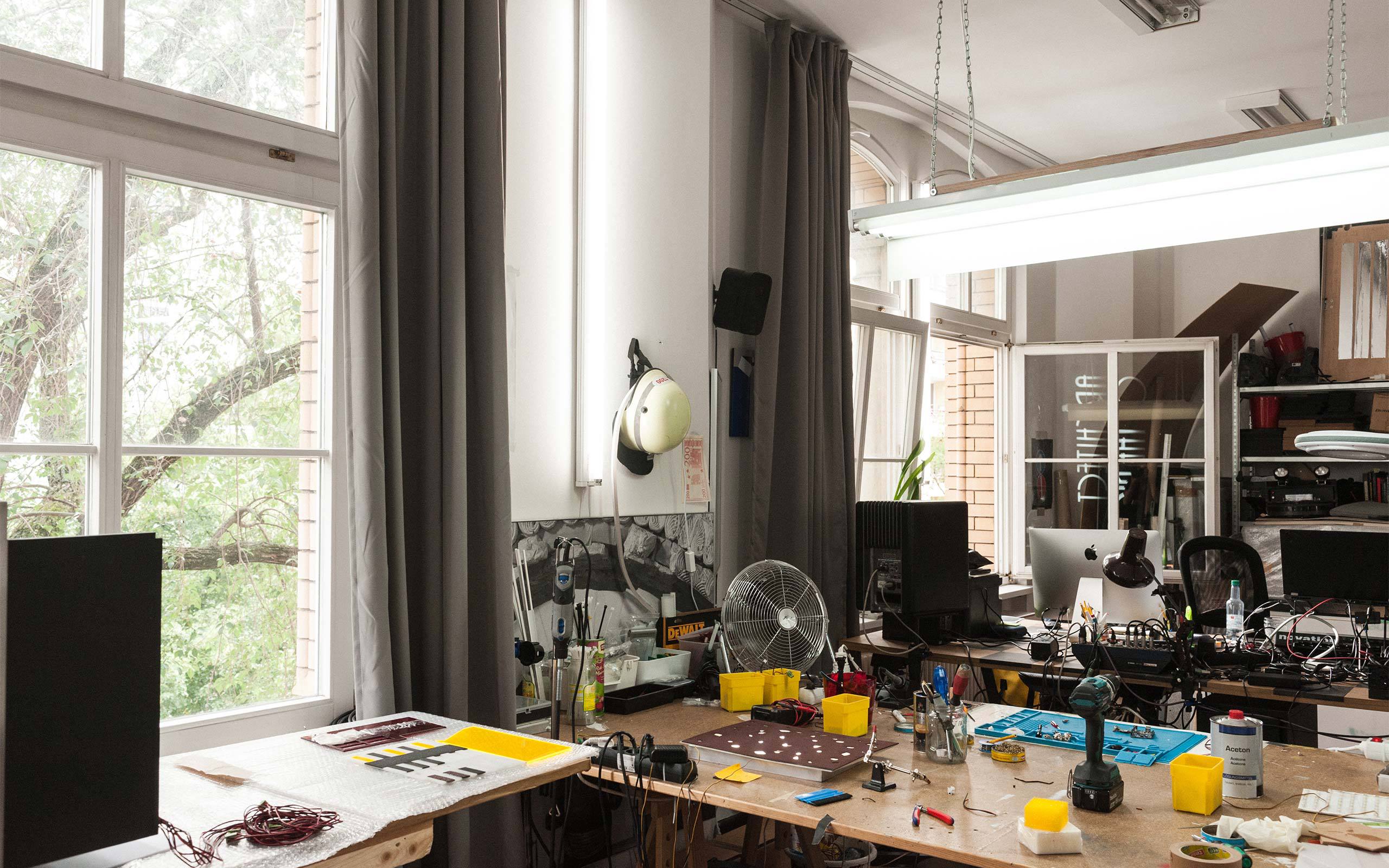
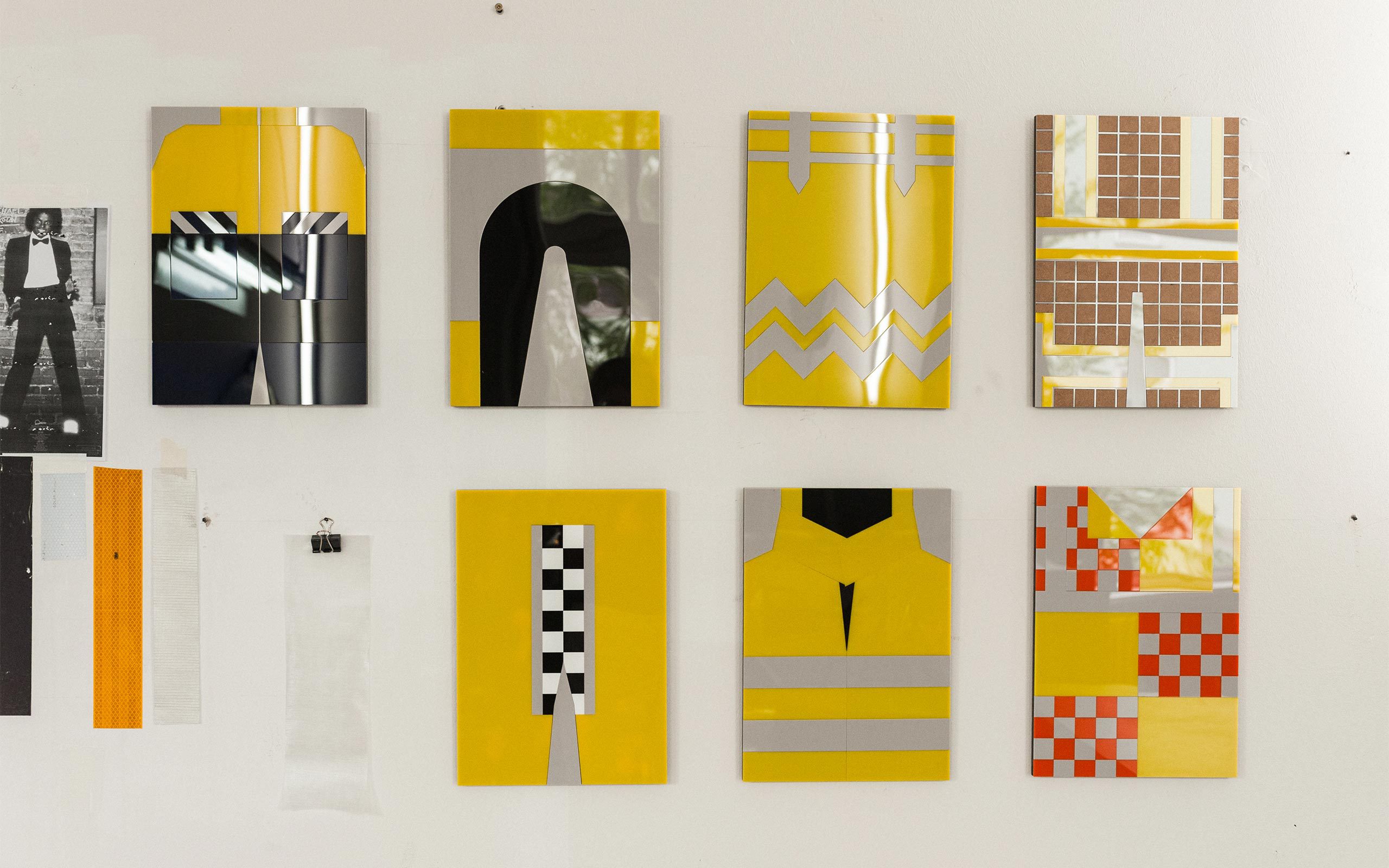
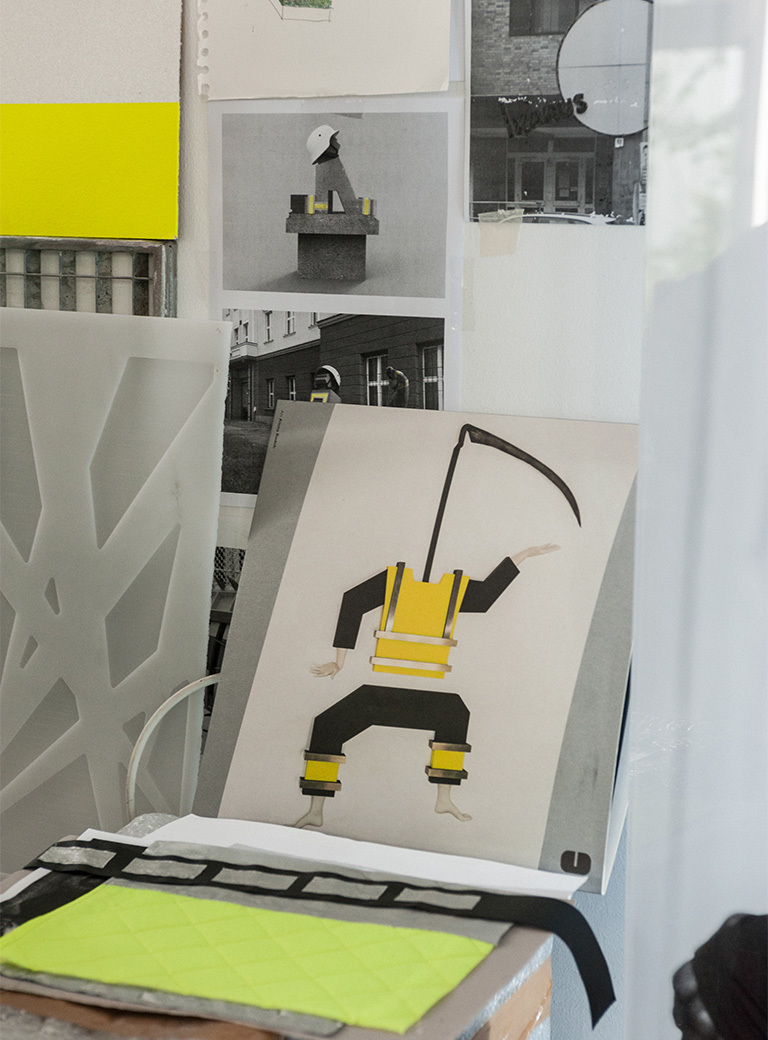
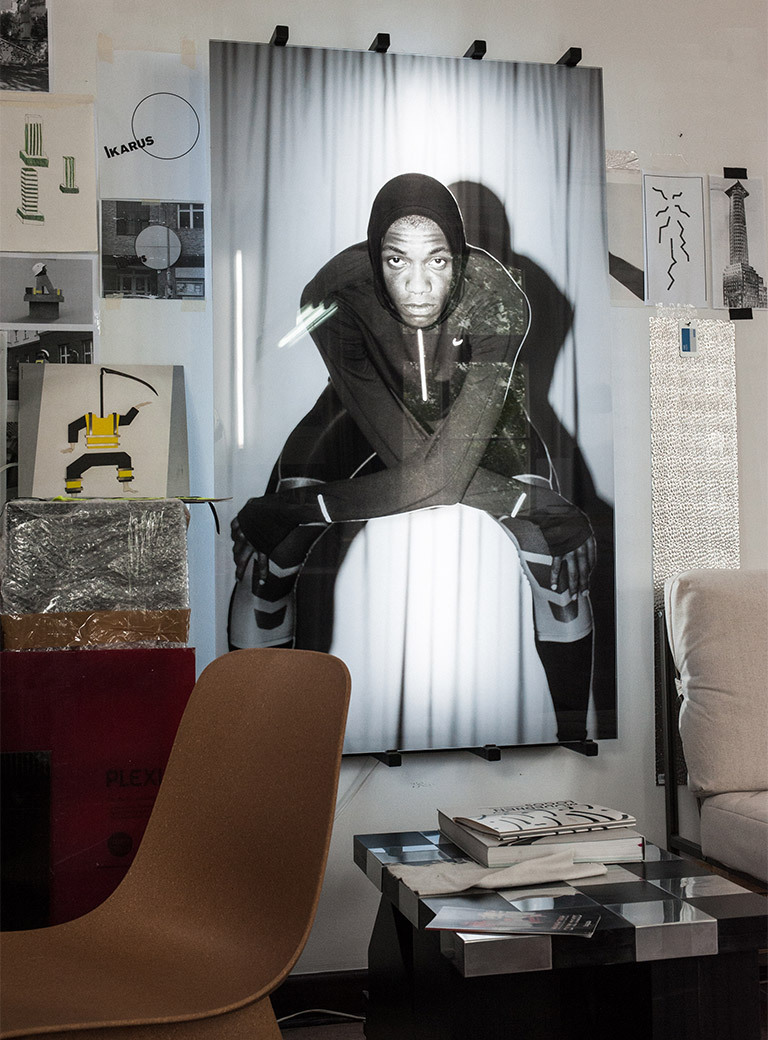
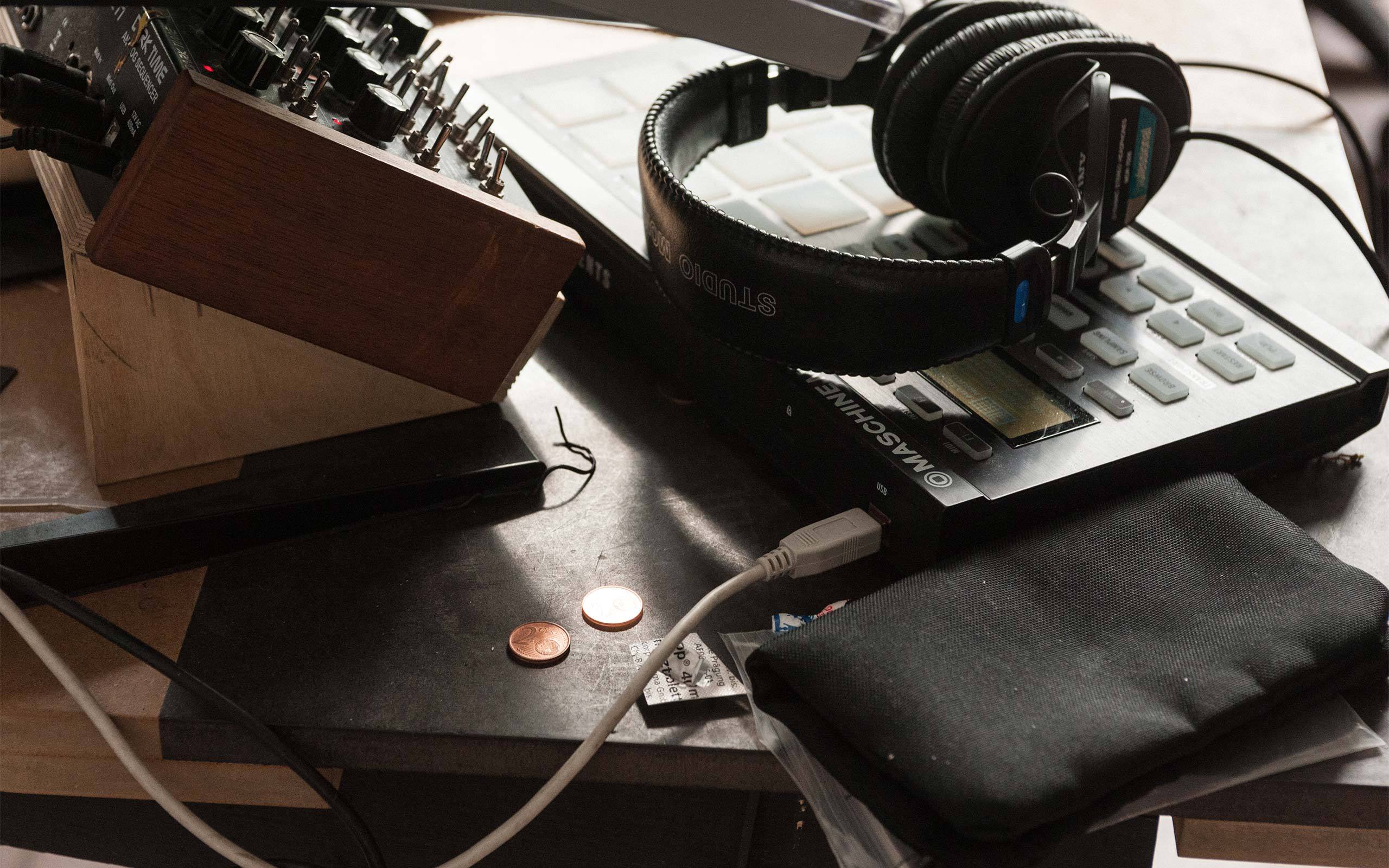
What is your relationship to the contemporary music and club scene, and its subcultures?
I started working with music pretty early on. Music has qualities that visual art could only long for; music needs much less mediation, if any at all; it goes straight to your guts, or heart, or soul – or to all at once. I collaborated with musicians of different backgrounds: from Maya Dunietz who comes from experimental free-jazz to someone like Rødhåd, a prolific techno producer and Dj. It really depends on what the project is about. But techno, yes … is a part of my upbringing. Israel of the early 2000s was a good place for techno raves. These raves were out in the desert, or in parking lots, garages, etc. It was stripped-down, non-commercial, based almost solely on local Djs. At a certain point, the police just killed it, and now they are also killing the clubs in Tel Aviv, the same as in London, sadly. But though most people, including many close friends of mine, come to Berlin especially for the clubs, I'm at this point a bit drawn away. I appreciate the music and the creative forces behind it, but the hype is killing it ... Or am I just getting old?! (laughs)
Nevertheless, your sculpture The Jester (2017) has just been used as a picture on an EP music cover (Mark: Integriert Euch nicht/ Ostgut Ton), by a DJ from the scene ...
Yes! A.J Samules, the label manager, knows my work well and suggested it for the EP. As you can tell by the title, Mark’s music is much about resistance. He liked it and that was it. I hope to do more of that, I’m happy to contribute to the scene.
You worked with the Berlin fire department for almost one year. How did this project come about?
My first studio in Berlin was very close to the Wedding fire station. I kept seeing them go in and out, and one day I just went there and knocked on their door. In Israel, this profession is really underrated. Germany is very advanced in terms of rescue technologies and techniques. Much of the production of fire trucks and apparel comes from Germany and Austria, and I grew fascinated by it. So in Wedding, I met a very nice firefighter, who was showing me all around. Then, a few good months later, I heard about ZK/U – Zentrum für Kunst und Urbanistik’s “Artist Dis-Placement” project, in which they connected artists to organizations which are not situated in the classic context of the art sphere. That was a perfect match for all sides. I came back to Wedding as a home base, and later on, joined many other stations. Two days a week for full 24-hour shifts. At a certain point, I started doing only nightshifts, since that part was always more interesting for me.
How did this project change your work?
During the fire station residency, a lot of things came together. As a result, I published FIRE: Safe and Sound (2017, ZK/U Press), the second of my Safe and Sound artist publication series, on the subject of urban fire. I made a film with and about the fire brigade: To the Moon and Back (2017); the Friedrichshain fire station invited me to create a sculpture for the entrance of the station that we hope will be installed in 2020. In Israel followed a public artwork on the grounds of the Jaffa fire station, The Curves of Jaffa (2017). But besides the outcome, for me, the experience with the firemen was of seeing the city inside out. I describe it as a unique rear window to the city. I learned so much about Berlin with this project, about the different districts in the periphery and the city center, about people. I would stay there forever if that was possible. I still join them on special occasions, such as 1st of May and New Year’s Eve.
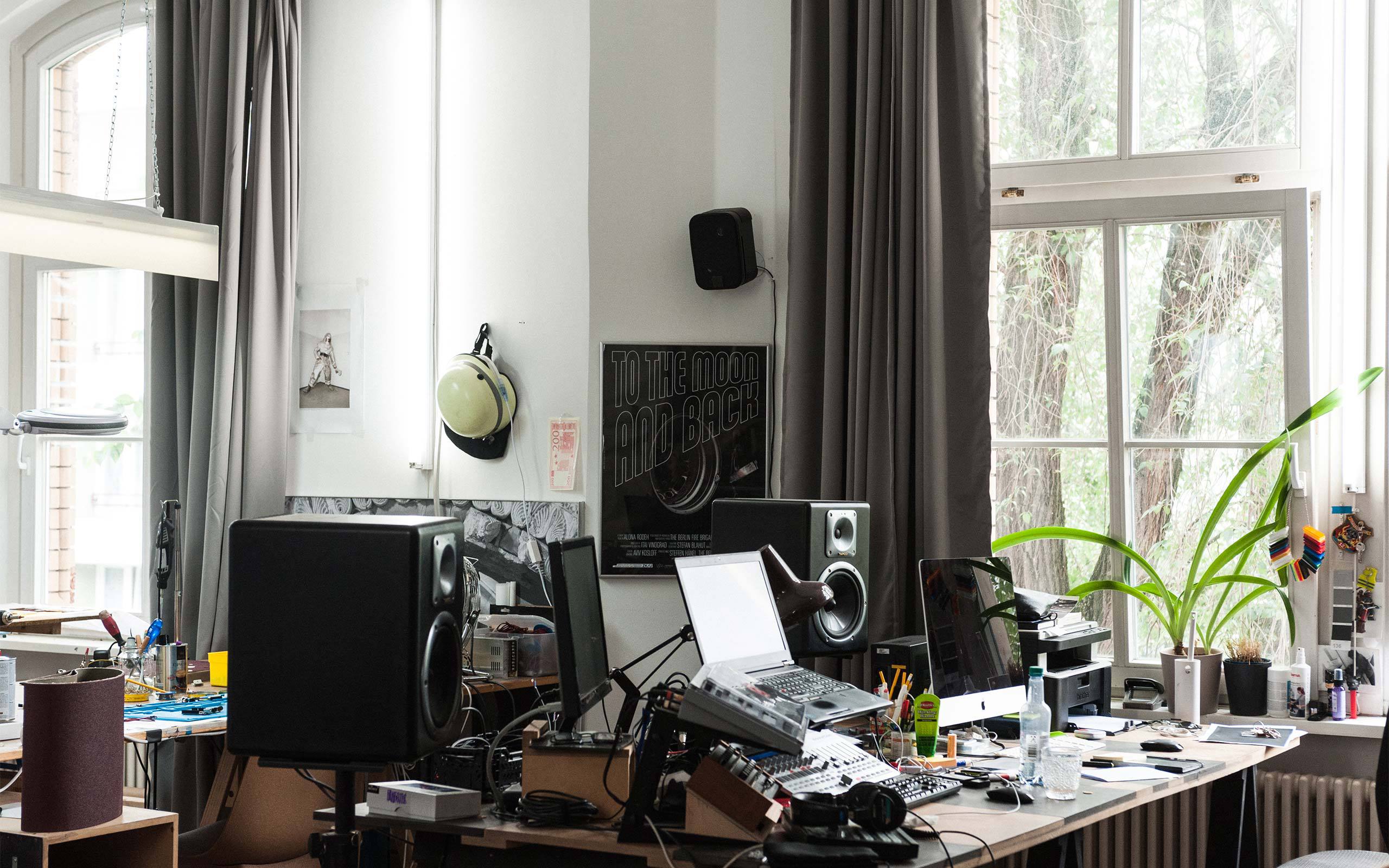
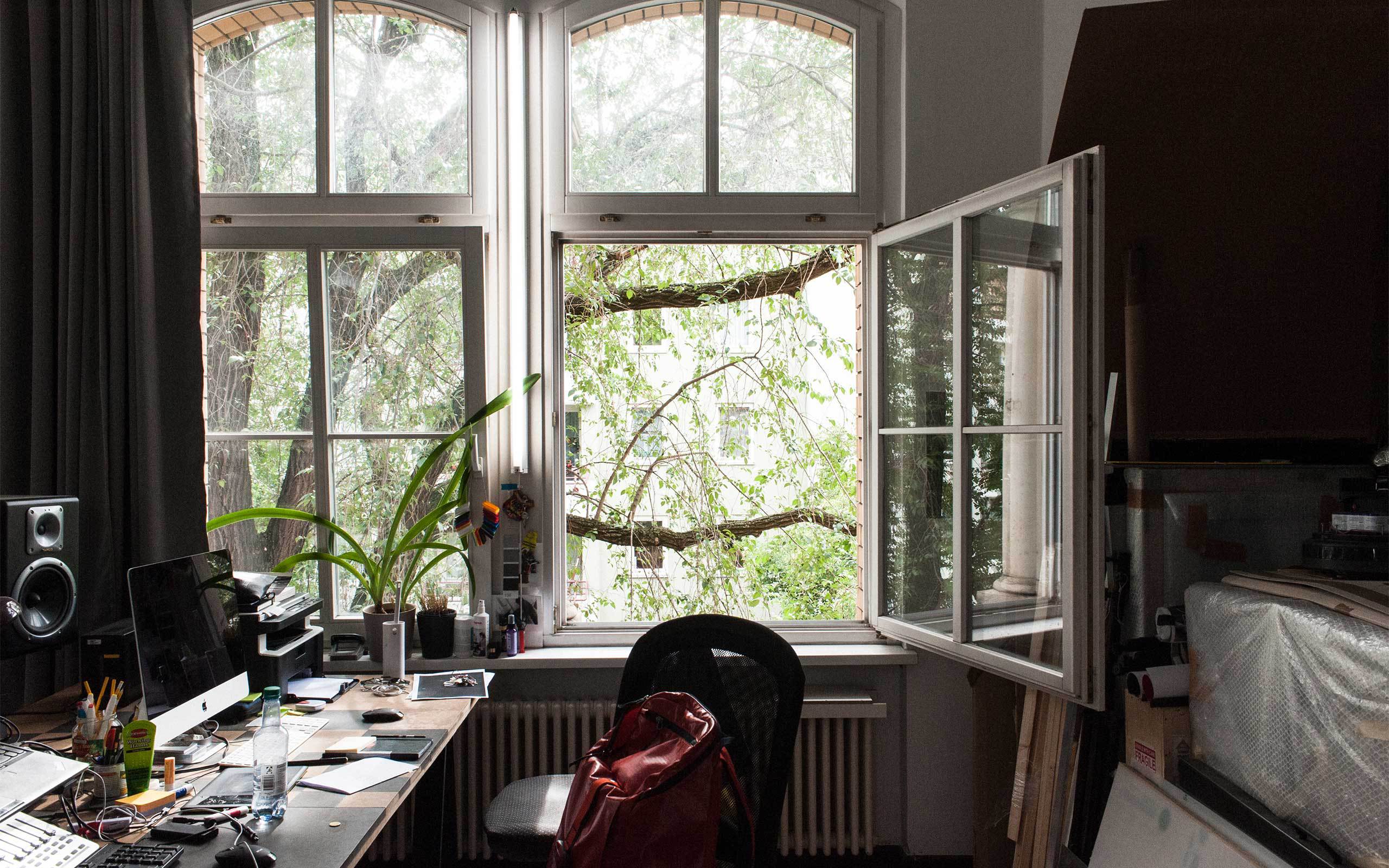
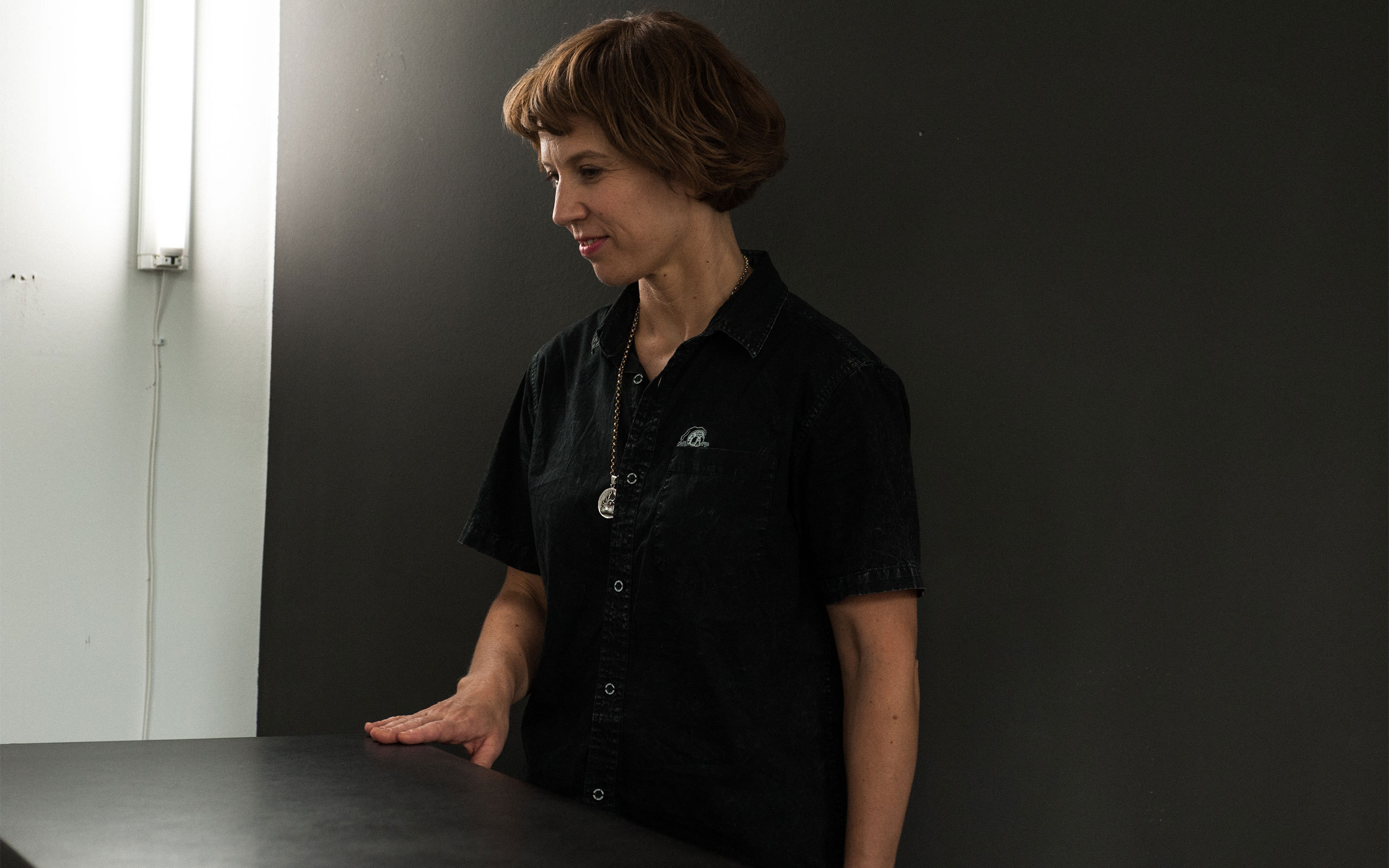
Let’s talk about your installations. You call them “performances without performers”. What exactly does that mean?
My work usually has a time span, and a theatrical presence in space, but then there are no people who perform, so one can really focus on space and time, instead of on a performer. Once there is a human presence, everything else becomes a backdrop. So I am interested in the performance, but I leave the human presence to the visitors.
With the title of your last publication “The Third Dimension", you refer to László Moholy-Nagy. Do you have other personal references in art history, other contemporary artists whose works you appreciate, or other people who inspire you? Moholy-Nagy talks about light as the third dimension, that’s where the title of the publication came from. There are many art history references, for example: In Art Berlin, I will present a new work titled Anni Albers in Light, which is a take-off on one of her works. She is also featured in the publication. But my work takes not necessarily from art but from looking at architecture, design, technology and the places where these all meet. The title of my last show, Architecture of the Nights (2019, Kunstpalais Erlangen), quotes US architect Raymond M. Hood, who coined the term "Architecture of the Night" in 1930, to describe the presence of light in architecture.
Would you describe your artworks as political art or yourself as a political artist?
There are political aspects to my work, of course. But the fact that you are asking this question is exactly the point. My practice is not defined as such, though people look for it, especially considering where I come from. My work is not trying to prove a point and is not about what’s right or wrong. Maybe I process politics into aesthetics, creating a deadlock that is hard to break. That might be it.
Are there other prejudices or misunderstandings about your art that persists and that you would like to get rid of?
There are people who misunderstand my work, I’m guessing, but I don’t know much about it. The only situation that pops up in my mind is when I exhibited Above and Beyond (2013) at the CCA Tel Aviv. It was a large-scale cardboard mockup of the Wailing Wall in Jerusalem, dark with only rays of light passing through the cracks. The work was more about pilgrimage, club culture, Judaism and its symbolism, visual culture ... People were trying to push me to the political direction, looking for answers when there were none. But that’s ok, it was a slippery slope and I enjoyed the risk. But I am an observer and an entertainer, not an educator. Putting a spotlight on things makes one think of them differently and that’s already a lot, from my point of view.
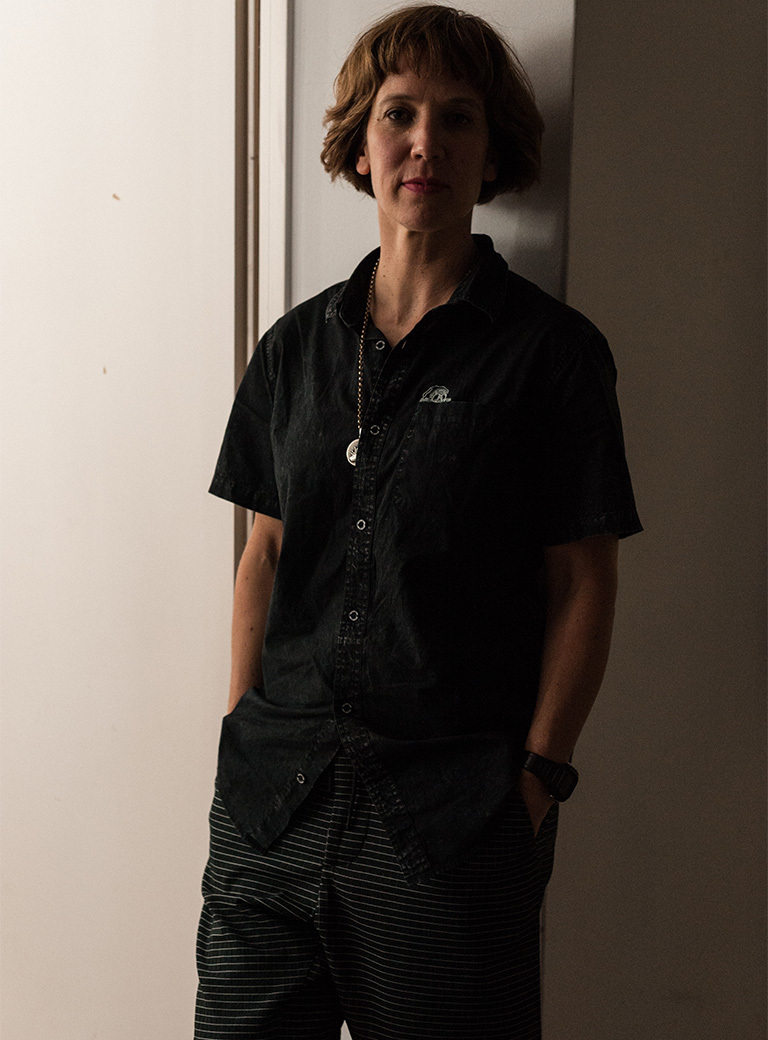
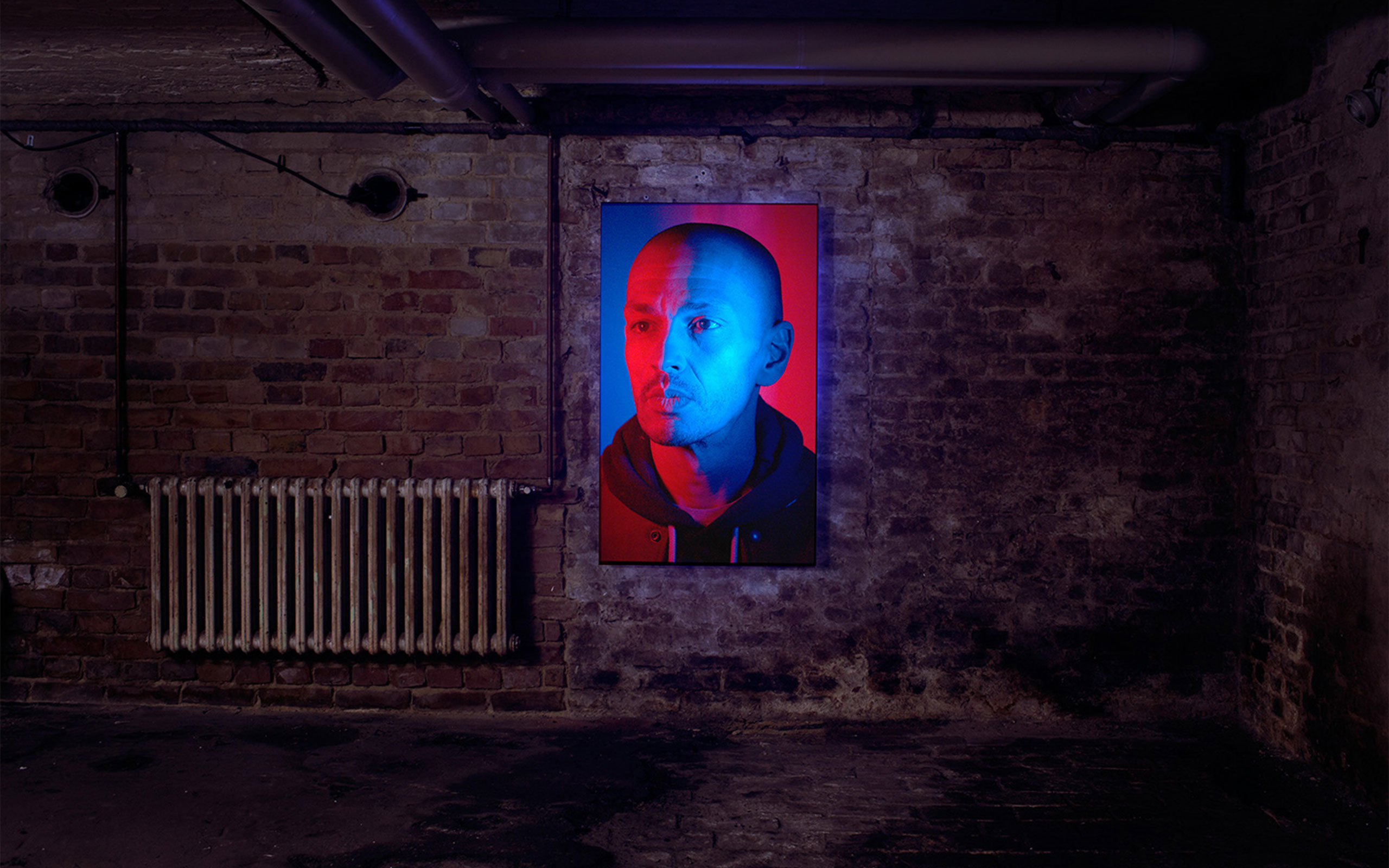
Alona Rodeh, Rachid, 2015, Production stills: Vlad Margulis
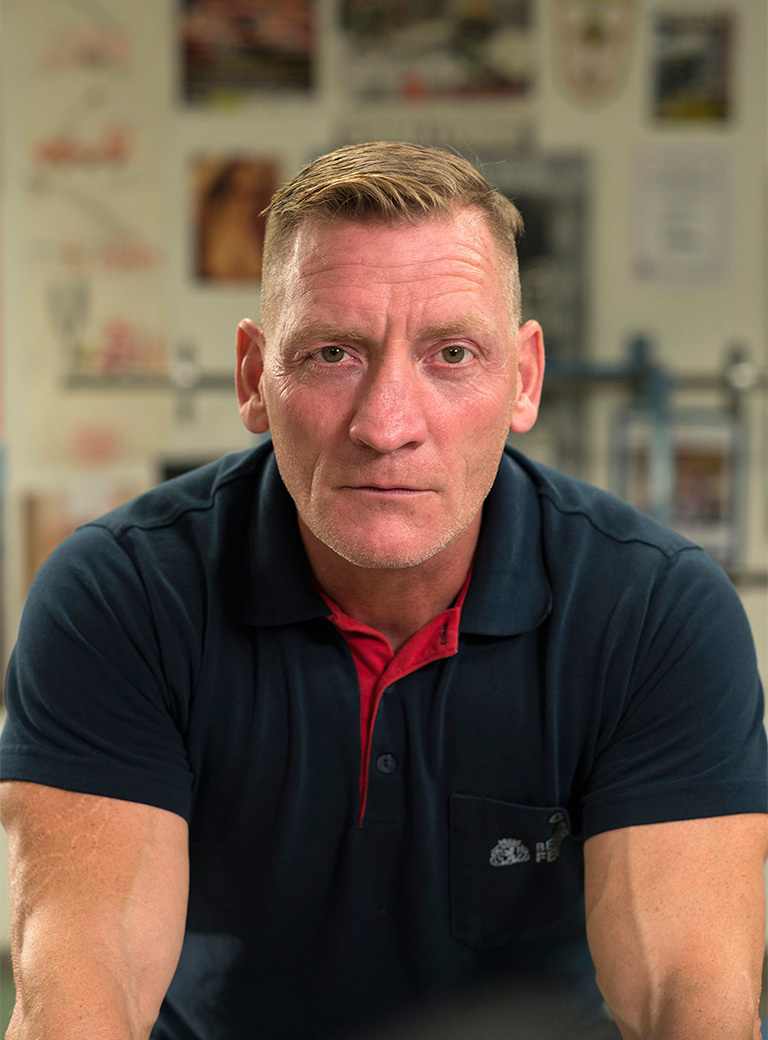
Alona Rodeh, To The Moon and Back, 2017, Production stills: Itai Vinograd
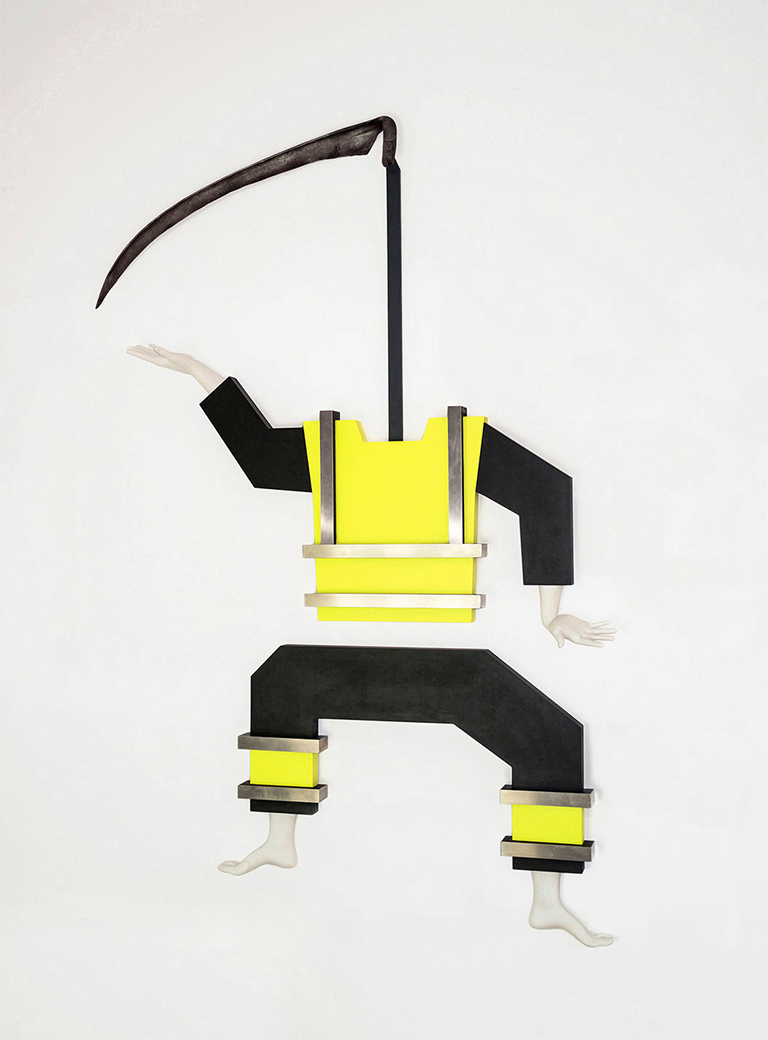
Alona Rodeh, Jester, 2017, Photo: Alona Rodeh
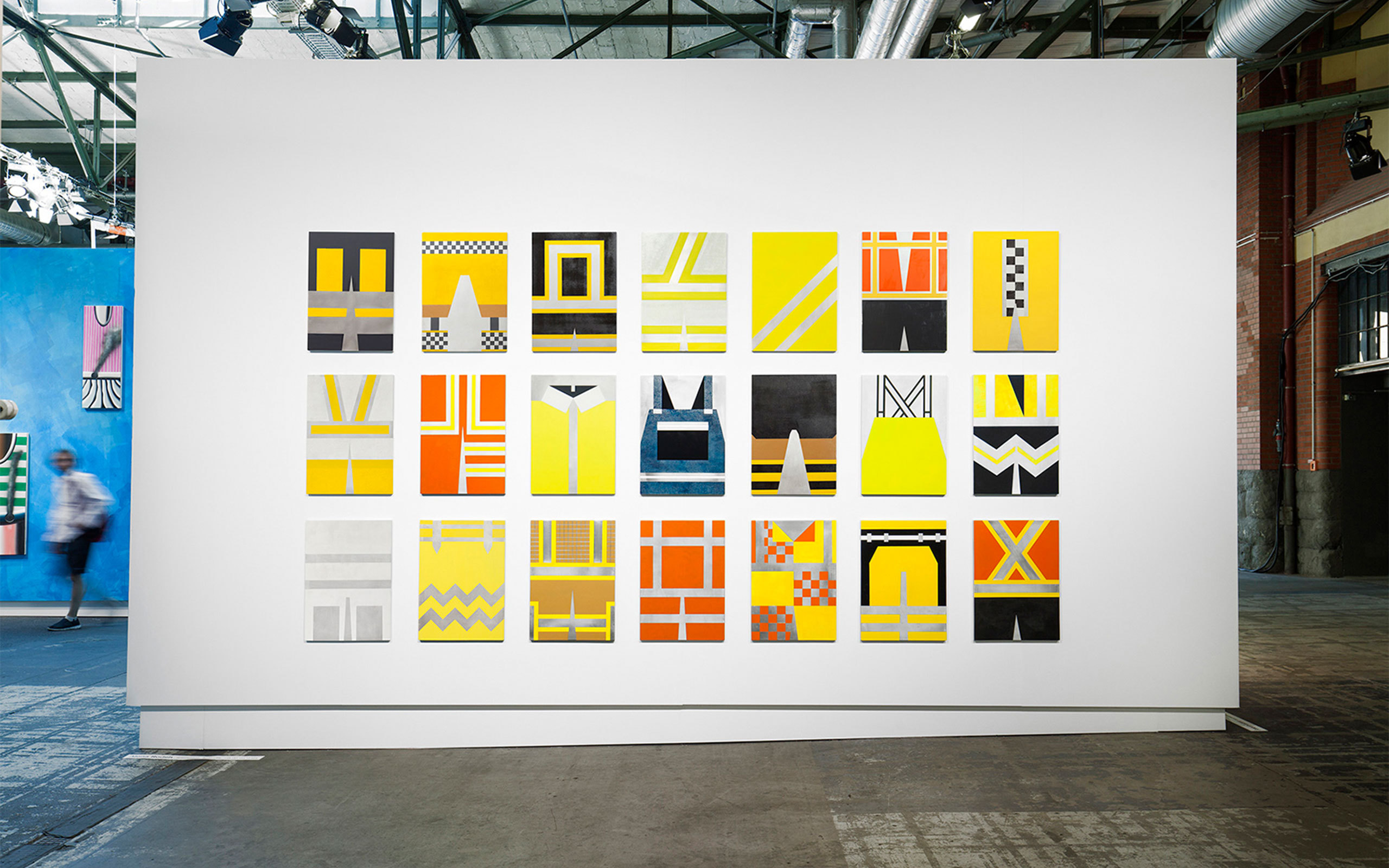
Alona Rodeh, High Visibility, 2016, Installation view, Art Berlin Contemporary: Torben Höke
Interview: Dr. Sylvia Metz
Photos: Kristin Loschert


